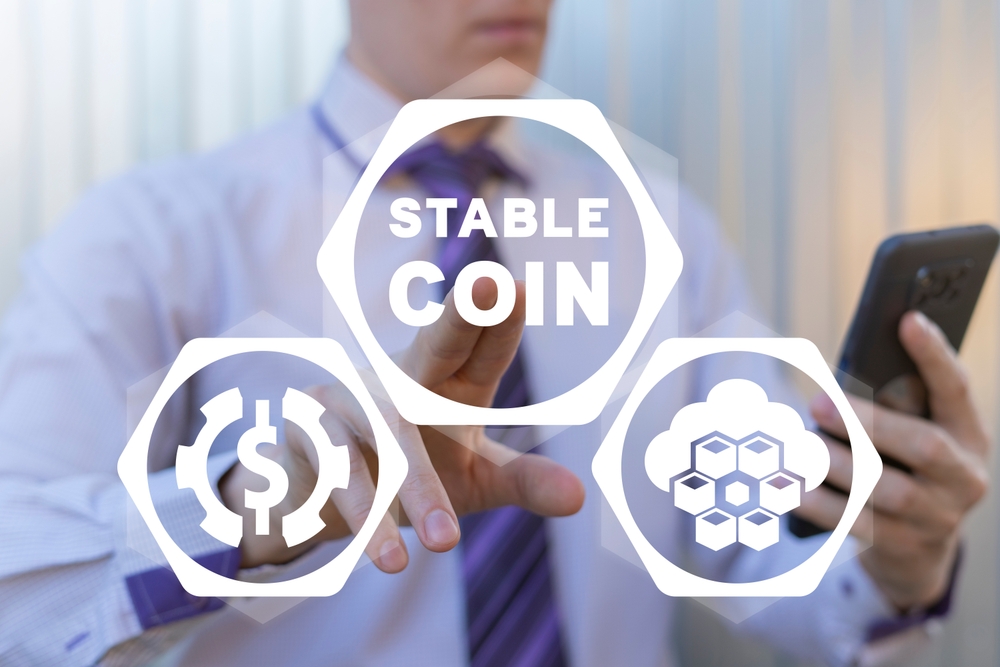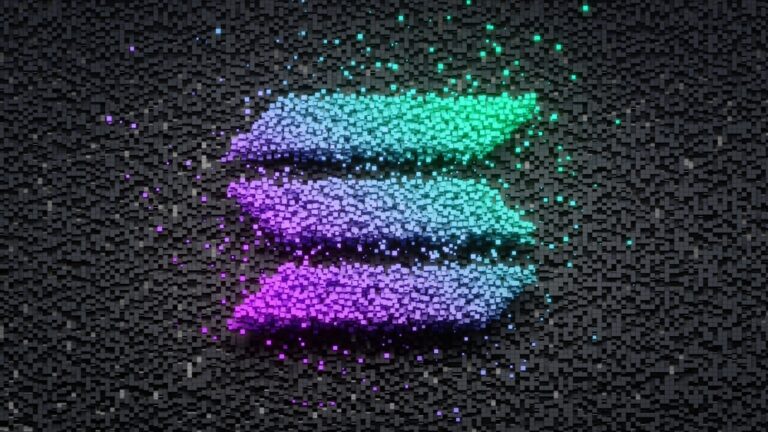Table of Contents
ToggleSmart Contracts and Accounts
Smart Contract Wallets
Smart contract wallets are a key component in the Ethereum ecosystem, providing users with increased security, flexibility, and control over their assets. These wallets are essentially smart contracts deployed on the Ethereum network, which manage fund storage and transactions for their owners. One major advantage of smart contract wallets is their ability to implement custom logic, such as multi-signature requirements or spending limits, to enhance security.
Several popular smart contract wallets exist in the Ethereum ecosystem, including Gnosis Safe and Argent. These wallets not only provide advanced security features but also offer seamless integration with other decentralized applications (dApps).
Smart Accounts
Smart accounts are a relatively new concept in the Ethereum ecosystem, aiming to further enhance user experience and security. With the emergence of EIP-4337, smart accounts gained the ability to authorize a sequence of smart contract interactions, allowing users to simplify their interactions with the Ethereum network.
Smart accounts, like smart contract wallets, are built upon Ethereum smart contracts. However, they offer an additional abstraction layer, enabling users to interact with various contracts, services, and dApps without the need to manage multiple private keys or contract addresses.
Examples of smart accounts include:
Account Abstraction: Users can authorize transactions through a single public key, simplifying the overall transaction process. This is achieved by representing an Ethereum account as a smart contract wallet with cryptographic agility for submitting requests 1.
Zero-Knowledge Address Abstraction: Users can employ zero-knowledge proofs, verified by smart contracts, to maintain their privacy on the Ethereum network. This approach allows users to interact with dApps and services without revealing their wallet addresses 2.
In summary, the Ethereum ecosystem benefits from the advancements in smart contract wallets and smart accounts, providing users with enhanced security, flexibility, and control over their interactions with the network. The ongoing development of protocols, like EIP-4337, continues to improve the user experience, making the decentralized finance (DeFi) space more accessible and efficient for all participants.
Footnotes
From Social Engineering to Quantum Threats: Safeguarding User Wallets with FailSafe, https://arxiv.org/abs/2304.03387 ↩
Beyond the Blockchain Address: Zero-Knowledge Address Abstraction, https://eprint.iacr.org/2023/191 ↩
Security and Authentication
Cryptographic Keys
EIP-4337 introduces a new mechanism for handling transactions within the Ethereum blockchain, with a focus on enhancing security and authentication in decentralized finance systems. One key aspect of increasing security is the use of cryptographic keys, which serve as essential components for authentication and securing sensitive data.
In the context of EIP-4337, a user’s private key uniquely identifies their account and controls access to their assets. The private key is typically created during account creation and is a long, random sequence of characters. This key should always be kept confidential and secure since ownership of the private key grants complete control over the associated account.
The corresponding public key, derived from the private key, is used to generate a public address on the Ethereum network. This address allows other parties to view transactions and interact with the account without revealing the private key. Since public addresses are not sensitive, they can be safely shared with others.
Account Recovery
Account recovery is a crucial aspect of EIP-4337 and user account management. Loss or theft of private keys could result in permanent loss of access to the associated account and its assets. Therefore, implementing a robust recovery mechanism is essential.
Seed phrases, sometimes called mnemonic phrases or recovery phrases, are commonly used in the blockchain ecosystem as a secure backup for private keys. They consist of a set of English words, typically 12 or 24, generated from a user’s private key. In case of loss or damage to the private key, the seed phrase allows for secure account recovery.
Seed phrases should be stored securely and separately from private keys to reduce the risk of combined loss or theft. Users should never store seed phrases digitally or online, as they become vulnerable to hacking attempts. Instead, writing down the phrase and keeping it in a safe location, such as a fireproof safe or secured drawer, is a recommended practice.
To further enhance security in EIP-4337, it is essential to ensure that proper authentication measures are in place. This could include the use of strong, unique passwords for digital wallets, enabling multi-factor authentication (MFA) for online accounts, and considering the use of hardware wallets for storing private keys.
In summary, EIP-4337 aims to improve security and authentication within the Ethereum blockchain through the use of cryptographic keys and robust account recovery mechanisms. By following best practices for private key and seed phrase management, users can better protect their accounts and assets from potential theft or loss.
Wallets and Providers
EIP-4337 is a proposal designed to enhance the Ethereum ecosystem by introducing additional features and improving user experience. This section will focus on the impact of EIP-4337 on wallets and providers, specifically examining hardware wallets and Dapp-compatible wallets.
Hardware Wallets
Hardware wallets, such as Ledger Nano, are physical devices that store cryptocurrencies like Ethereum in a secure, offline environment. They provide an extra layer of security compared to software wallets and are particularly useful for safeguarding large amounts of crypto assets. With EIP-4337 implementation, hardware wallet users can benefit from the added functionality and ease of use that comes with UserOperations.
For example, Ledger Nano users can expect a smoother experience when interacting with Ethereum-based dApps and smart contracts due to the cryptographic agility offered by EIP-4337. This could potentially make transactions more seamless and efficient, reducing delays often associated with hardware wallets.
Dapp-Compatible Wallets
Dapp-compatible wallets, such as MetaMask, Gnosis, Argent, and imToken, are crucial for interacting with decentralized applications built on the Ethereum network. These wallets act as a gateway between users and dApps, allowing for seamless integration and user experience.
- MetaMask: A browser extension that enables users to access Ethereum-based dApps and manage their Ethereum assets. With the implementation of EIP-4337, MetaMask can potentially offer its users improved performance and more flexibility when interacting with dApps and smart contracts.
- Gnosis: Known for its multi-signature wallets and decentralized exchange, Gnosis can further enhance its security features and overall user experience by adopting the EIP-4337 standard.
- Argent: A mobile wallet designed to provide a simple and secure way to interact with Ethereum-based dApps, Argent could potentially benefit from the cryptographic agility and streamlined transactions offered by EIP-4337.
- imToken: As one of the largest Ethereum wallets in terms of global users, imToken can leverage the improvements brought about by EIP-4337 to provide a more seamless and efficient user experience to its customers.
EIP-4337 aims to modernize and enhance the Ethereum ecosystem, making it more user-friendly and efficient. By adopting the EIP-4337 standard, wallets and providers can offer improved security, streamlined transactions, and a better overall experience for their users. When implemented, EIP-4337 is expected to pave the way for continued innovation and growth within the Ethereum network.
Future Developments and Improvements
L2 Solutions
Layer 2 (L2) scaling solutions are constantly evolving to address the limitations of Ethereum and improve its performance. One of the popular L2 technologies is zk-rollup, which helps increase transaction throughput while maintaining security. Several zk-rollup projects, such as StarkWare, zkSync, Optimism, and Arbitrum, are actively working on enhancing their platforms and making them more accessible to a wider audience.
StarkWare, for instance, is focused on providing scalable infrastructure for DeFi applications and NFT marketplaces, while zkSync aims at offering a low-cost, highly scalable payment platform. Optimism and Arbitrum, on the other hand, are optimistic rollup solutions that enable faster and cheaper transactions, benefiting from Ethereum’s security guarantees.
Other L2 platforms gaining traction include Gnosis Chain, Polygon, BNB Smart Chain, and Avalanche. These solutions are designed to offer greater scalability and lower costs for dApps and users, proving to be an essential element for the widespread adoption of blockchain technology.
Mainstream Adoption
The adoption of Ethereum Improvement Proposal (EIP) 4337 and its potential integration with prominent L2 solutions could play a significant role in promoting mainstream acceptance of blockchain and cryptocurrencies. For example, payment giants like Visa are actively exploring opportunities to expand their capabilities using blockchain technology.
Integration with widely used L2 solutions such as StarkWare, zkSync, and Optimism could facilitate seamless transactions between traditional financial systems and the decentralized world, enhancing payment efficiency and promoting the growth of decentralized finance (DeFi) applications.
Increasing collaboration between blockchain platforms and traditional financial institutions could help bridge the gap between the existing systems and the emerging technology, ultimately driving widespread adoption of blockchain and cryptocurrencies among the general public.
Overall, ongoing developments in EIP-4337 and the integration of L2 solutions, including zk-rollup and optimistic rollups, will contribute to the scaling of Ethereum and facilitate broader acceptance of blockchain technology. As a result, platforms like StarkWare, zkSync, Optimism, Arbitrum, Gnosis Chain, Polygon, BNB Smart Chain, and Avalanche will play a crucial role in the future of the blockchain ecosystem.












